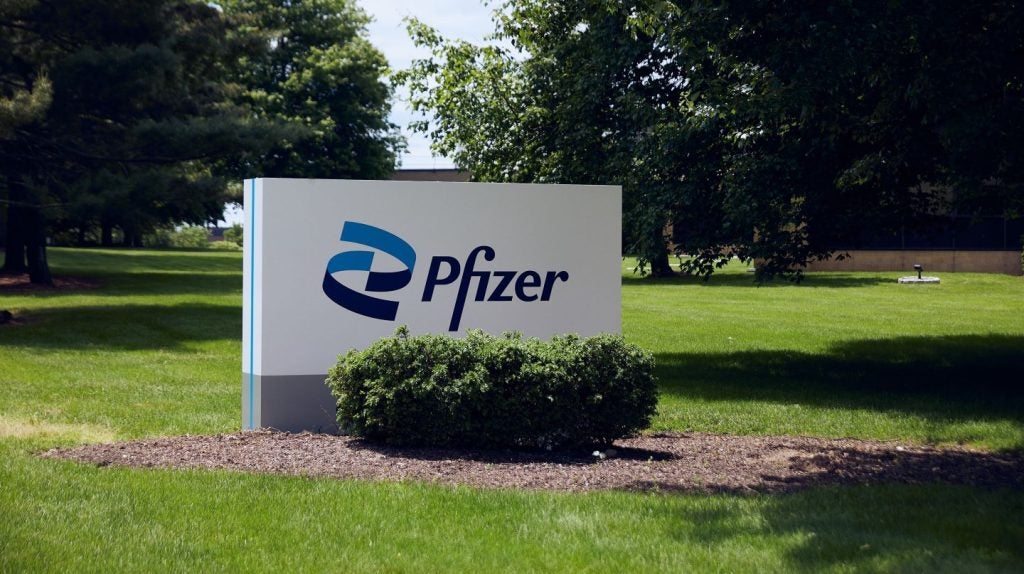On 9 March, at the AD/PD 2024 International Conference on Alzheimer’s and Parkinson’s Diseases, during a symposium on amyloid beta (Aβ) targeting therapies in Alzheimer’s disease (AD), further data on donanemab was presented. This followed the surprise announcement from Eli Lilly on 8 March that the US Food and Drug Administration (FDA) will convene an advisory committee to review the TRAILBLAZER-ALZ 2 trial (NCT04437511) of donanemab, pushing back the previously expected decision from Q1 2024 to a date as yet unknown.
Although it is not unusual for an advisory panel to review a drug prior to an FDA decision—both Eisai and Biogen’s Leqembi (lecanemab) and Biogen’s Aduhelm (aducanumab) were reviewed prior to receiving FDA approval—this process normally takes place at an earlier time point leading to surprise at the FDA requirement this late in the review process. In a press release Lilly announced that the key points of discussion at the panel will be the safety of donanemab, the trial design of TRAILBLAZER-ALZ 2, including the different primary endpoints used by Lilly compared to other clinical trials of drugs in the same class, and the inclusion of participants based on levels of tau, not just amyloid.
A known side effect of the anti-Aβ monoclonal antibody (mAb) drug class is the development of amyloid-related imaging abnormalities (ARIAs), including ARIA related to underlying vasogenic edema (ARIA-E). For Leqembi, the rate of ARIA-E in Clarity AD (NCT03887455) was 12.5% and the rate of symptomatic ARIA-E was 2.8%, compared with donanemab in TRAILBLAZER-ALZ 2 where rates of ARIA-E and symptomatic ARIA-E were 24.0% and 6.1%, respectively. The difference in safety profile is a key disadvantage that donanemab faces compared with Leqembi. During the symposium on Aβ targeting therapies in AD at AD/PD 2024, there was a presentation focused on the binding characteristics of different anti-Aβ mAbs. It hypothesised that ARIA-E can be caused by antibody binding to cerebral amyloid angiopathy (CAA), and it demonstrated that Leqembi showed lower antibody binding to CAA fibrils when compared with other anti-Aβ mAbs including donanemab, potentially explaining the lower rates of ARIA-E associated with Leqembi.
However, it is important to note that the baseline characteristics of patients in the Leqembi and donanemab trials do not match despite both drugs being evaluated for early Alzheimer’s with the donanemab trial tending to include patients with higher amyloid and slightly worse cognitive impairment scores. The extent to which these differences affect rates of ARIA-E is unclear.
A key aspect of the TRAILBLAZER-ALZ 2 trial is that once patients show sufficient amyloid clearance due to donanemab treatment, based on an amyloid positron emission tomography (PET) scan, they can then stop taking the drug. Whilst there are clear advantages in not having to take a drug indefinitely, for Alzheimer’s it raises many questions about what happens once donanemab therapy is stopped. Additionally, the practicality of implementing this in clinical practice where access to PET scans may be more limited will need to be considered. As part of the 9 March symposium at AD/PD 2024, Lilly presented data from a simulation based on a disease progression model, which extrapolated the data from the 18-month trial out to five years. These simulations suggested that once active treatment stopped there is little impact of continuing active treatment on clinical efficacy. Lilly suggested that this was due to the very slow re-accumulation of amyloid once it had been removed by donanemab treatment. Further data that can demonstrate this, rather than relying on a simulation, could be really important for donanemab as a viable short-term disease-modifying treatment for Alzheimer’s.
See Also:
As part of TRAILBLAZER-ALZ, 2 Lilly assessed the levels of tau protein in patients at baseline. Low levels of tau correlated with less advanced disease, while high levels correlated with more advanced disease. In the former group, at baseline, donanemab was significantly more effective resulting in about 50% slowing of cognitive decline, than in patients with high levels of tau, at baseline where cognitive decline was only slowed by about 20%. Whilst this analysis is important for determining where donanemab can be most effective, it does raise a potential problem for Lilly.
How well do you really know your competitors?
Access the most comprehensive Company Profiles on the market, powered by GlobalData. Save hours of research. Gain competitive edge.

Thank you!
Your download email will arrive shortly
Not ready to buy yet? Download a free sample
We are confident about the unique quality of our Company Profiles. However, we want you to make the most beneficial decision for your business, so we offer a free sample that you can download by submitting the below form
By GlobalDataCurrently before initiating treatment with Leqembi, the presence of amyloid pathology has to be confirmed. Based on the TRAILBLAZER-ALZ 2 results, there is the possibility that the FDA will require confirmation of amyloid pathology as well as the levels of tau in a patient before donanemab can be initiated. As tau imaging is not yet widely available outside of a clinical trial setting, it could be a barrier to uptake of donanemab until tau detection methods improve and become more accessible.
Ultimately, the FDA is still likely to approve donanemab, however, the delay will benefit Eisai and Biogen in allowing Leqembi to gain greater traction in the Alzheimer’s disease market following a slower than expected initial uptake since the drug’s launch. GlobalData forecasts that Leqembi and donanemab could generate global (8MM: US, France, Germany, Italy, Spain, UK, Japan, and China) sales of approximately $3.5 billion and $2.0 billion in 2030, respectively.










Related Company Profiles
Eli Lilly and Co
Eisai Co Ltd
Eisai Inc
Biogen Inc